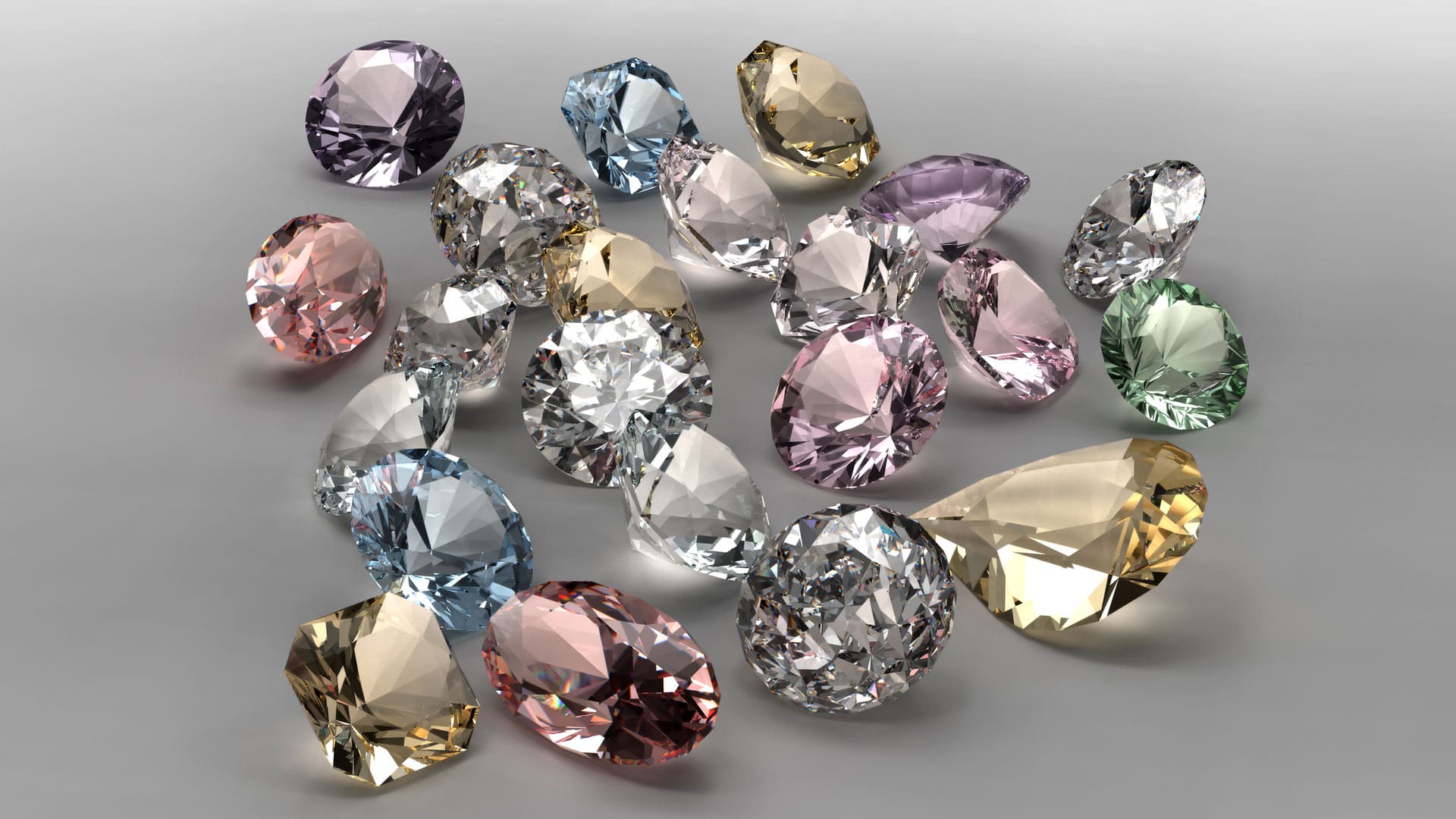How to know the origin of the color in a diamond ?

Origin of the natural formation of colored diamonds
Without pressure and high temperature, no diamonds are formed. It is in the deep soil of the earth, (the layer called the mantle) that diamonds are formed. And if white diamonds are numerous, the formation of colored diamonds (also called fancy colored diamonds) is much rarer... The colors of diamonds come essentially from the gases found in the soils during their formation. On the planet earth, each geographical area shows a particular seismic and volcanic activity, as well as the presence of certain gases.
Kimberlite is a type of volcanic rock in which most diamonds are formed. It is named after the mining town of Kimberley in South Africa. But this is not the only diamond mining area. It is still almost impossible to determine the exact origin of colored diamonds, which are found in secretly protected areas. Mines that produce white diamonds are likely to produce colored diamonds.
Argyle Mine, the largest source of colored diamonds
Some mines stand out for the incredible colors they produce: the Argyle mine in Australia produces the most beautiful pink, purple, violet and red diamonds. It was here that the largest purple diamond in history was found, 9.17 carats in rough and 2.83 carats in cut form. Australia is home to a wide range of diamonds in all shades of pink, as well as colors such as "champagne" and "cognac". The Argyle mine has successfully created a market for its champagne and cognac colored diamonds and for these stunning pink stones. Before this mine offered brown and yellow diamonds to the gem market, they were used in industry.
The colors mentioned above are also found in Africa, Brazil and Russia on occasion. The Golconde mine in India was famous for the clarity of its white diamonds, but also for producing the oldest blue diamonds in human history. This is the case of the 6-carat Farnese blue diamond that belonged to Queen Elizabeth of Spain and was recently sold at auction by Sotheby's Geneva. The Zimi mines in Sierra Leone produce the most pronounced yellows, also known as vivid yellow diamonds or Canary diamonds. For more information, we invite you to read our article on the most famous colored diamonds.
The colored diamond market
Considered minor thirty years ago, these gems can today reach crazy sums, especially the yellow diamond because this color is, in China, that of the emperors. Colored diamonds are a specialized field with its own market and collectors. Many of these stones are so rare that they have become museum pieces. What the public does not know is that pure color in a diamond is very rare! To this day, there are over 300 known colors and shades in diamonds. A yellow diamond, for example, is often certified as "fancy yellow greenish" if it has green shades. This makes it an even rarer stone...
Natural or artificial color diamond
These gems sometimes create new difficulties for the experts, who have to determine whether their color is natural or not. The color of a diamond is often the result of impurities in the stone or natural radiation. For more information on this mechanism, you can read our more technical article on colored diamonds. Irradiation can also be used to change the color of a stone in the laboratory. This is why it is important to never buy a colored diamond without a certificate of quality and authenticity issued by one of the 3 largest gemological laboratories, namely the GIA, the HRD and the IGI. The gemologists note on the certificate whether the diamond is natural, untreated and unmodified. It goes without saying that the difference in value and price between a natural color diamond and an artificially colored diamond is enormous!
There are several methods to transform the color of a diamond in the laboratory. The cyclotron gives it a sort of colored film, which can range from dark green to almost black. If the stone is heated further, the dark green becomes yellow, orange or brown. An electron gas pedal produces a blue to blue-green film. With further heating, the color can become yellow-orange, pink-purple or brown. Neutron treatment is the most common form of irradiation used today.